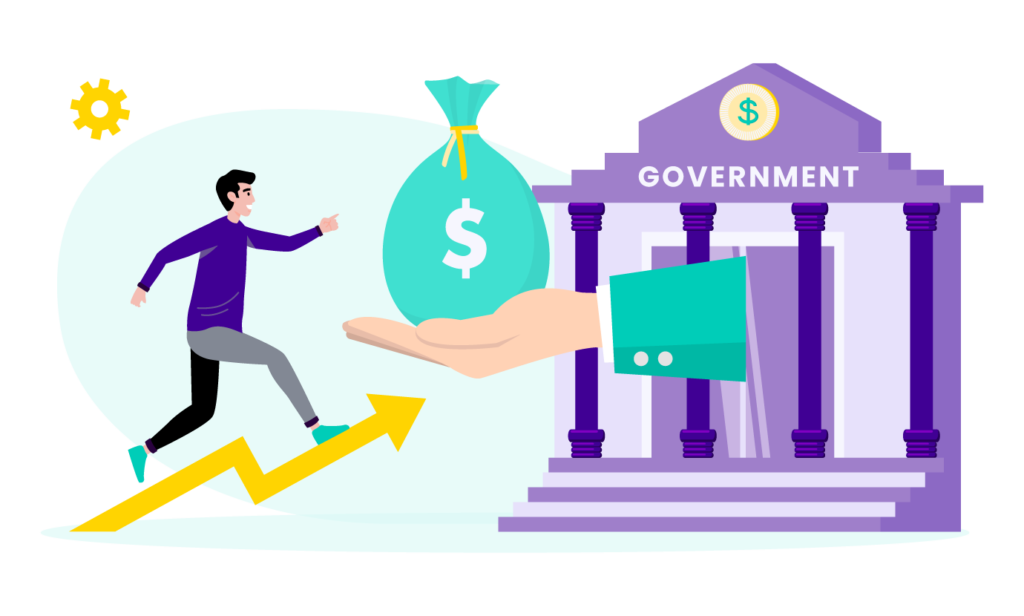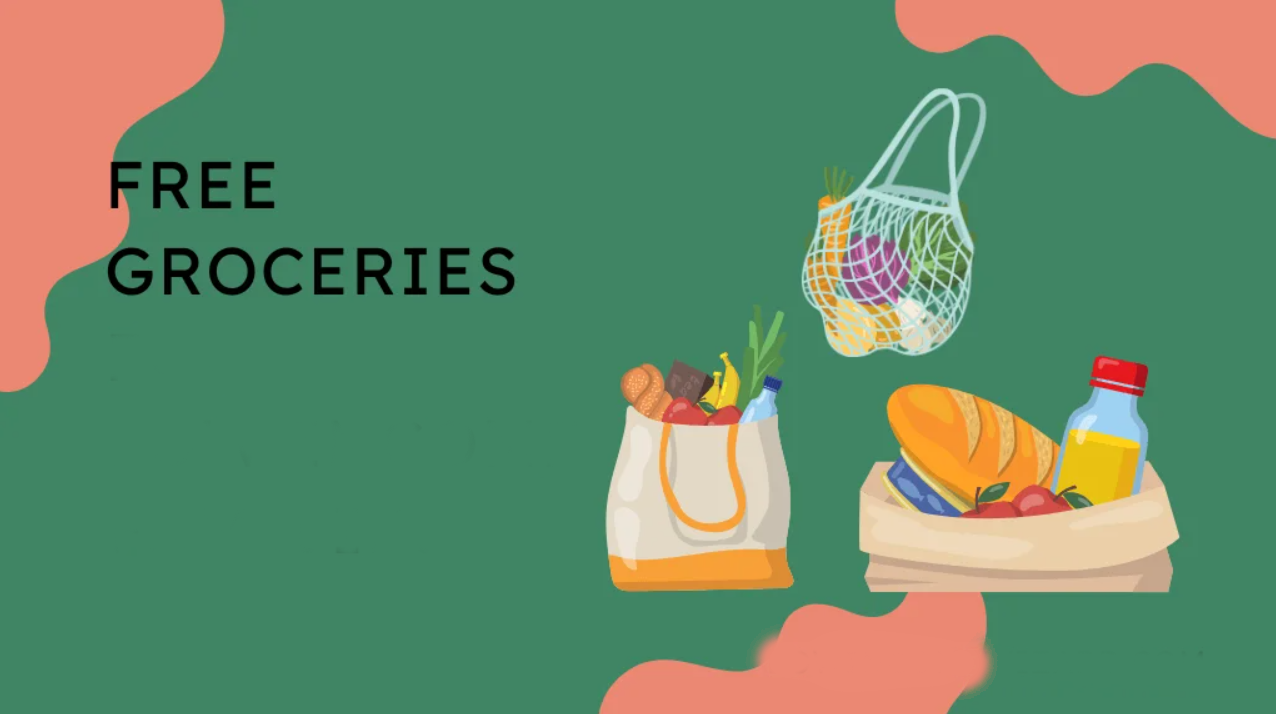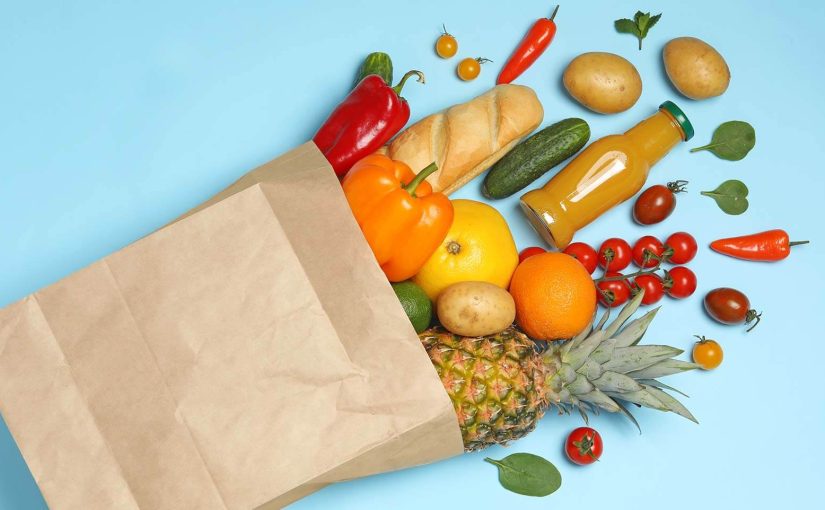Utilizing Government Assistance Programs For Free Groceries
Struggling to fill your pantry can be stressful, especially when making ends meet feels like a distant dream. Finding enough food for the dinner table is a daily battle for many people.
But what if there was a way to ease that burden? Government assistance programs are here to provide a helping hand for those in need of groceries.
Did you know that SNAP benefits have reduced hunger by giving resources to households struggling to buy sufficient food? This article guides you through various government assistance programs designed to put nutritious meals within reach.
From understanding eligibility criteria and application procedures to exploring non-governmental channels for food aid, we’ve got the information you need. Ready to discover how these initiatives can help stock your shelves with free groceries? Keep reading, and let us lead the way!
Key Takeaways
- Government assistance programs such as SNAP, TEFAP, and WIC provide free groceries to low-income individuals and families in need, ensuring access to nutritious food without cost.
- Eligibility for these programs involves meeting specific income requirements and completing an application available on official government websites. Each program has its own set of eligibility requirements and procedures.
- In addition to government assistance, non-government options like churches, food banks, pantries, nonprofit organizations, and universities also offer free groceries to those facing food insecurity. These resources play a crucial role in supporting individuals with limited financial means.
What Are Government Assistance Programs?

Government assistance programs are designed to provide food and nutrition assistance to low-income individuals and families. These programs include the Emergency Food Assistance Program (TEFAP), Supplemental Nutrition Assistance Program (SNAP), Women, Infants & Children (WIC) Programs, and other initiatives aimed at providing nutritious food to those in need.
Each program’s eligibility requirements and application processes vary, but they all aim to support vulnerable populations in accessing essential groceries at no cost.
Emergency Food Assistance Program (TEFAP)
The Emergency Food Assistance Program (TEFAP) gives free food to people who make little money. This help can make a big difference for families trying to meet ends.
TEFAP works with places like food banks and soup kitchens to give out food. If your income is low, you could get monthly boxes of groceries from this program.
This food aid isn’t just for folks on SNAP but anyone in need. Created in 1983, TEFAP is part of the USDA’s effort to fight hunger in America by partnering with states. It’s one way the government helps ensure no one goes hungry.
– SNAP (Supplemental Nutrition Assistance Program)
SNAP (Supplemental Nutrition Assistance Program)
Moving from emergency support, SNAP is a strong helping hand for families needing extra help with their food budget. This program, the biggest in the U.S., aims to feed those who earn less money.
Every month, it gives funds on an EBT card so you can buy healthy groceries.
Families get SNAP benefits based on what it costs to eat cheap and healthy meals. If your family makes little money, this might be right for you. It’s all about ensuring no one goes hungry, and everyone can enjoy good food.
Plus, when times are tough, like if jobs are hard to find, SNAP helps keep families stable by ensuring they still have something to eat.
WIC (Women, Infant & Children) Programs
WIC stands for Women, Infants, and Children and is a special program to help moms and young kids eat well. It offers free healthy food and teaches about good eating. If you have a little child or are pregnant, you might get WIC.
This program aims to ensure that families with little money can feed their kids nutritious meals.
Foods like milk, cereal, fruits, vegetables, and whole grains are part of what you can get from WIC. They also give lessons on choosing better foods and tips for feeding babies right.
To join WIC, your income has to be below a certain level. The local health department can help you apply for WIC or give more information about the program’s benefits. Next up: Other Programs for Food Assistance—there are even more options!
Other Programs for Food Assistance
Feeding America supports various federal food assistance programs like SNAP, TEFAP, and WIC. The Michigan Food Assistance Program (SNAP) provides nutrition assistance to low-income individuals and families.
D-SNAP (Disaster SNAP) also offers food assistance to eligible households in areas affected by a disaster. It’s worth exploring these other programs too!
How to Qualify and Apply for Government Assistance

To qualify for government assistance programs like SNAP or TEFAP, you must meet specific income requirements and complete an application. Visit the official Benefits.gov website to determine your eligibility and start receiving food assistance benefits.
Take control of your grocery budget by exploring these options today!
Eligibility requirements
Eligibility requirements for government assistance programs include meeting income limits and specific state criteria.
- State’s Requirements: Each state sets specific criteria for qualifying for SNAP benefits, including income limits.
- Income Limits: Individuals must meet the income limits of their state to qualify for SNAP benefits.
- Provide balanced opinions
- Use real-life experiences for illustration
- Make sure the title includes the keyword and less than 55 characters
Application process
Once you determine your eligibility for government assistance programs, you can initiate the application process. Here’s a step-by-step guide to applying for these programs to save money on groceries:
- Gather required documentation such as proof of income, identification, and residency.
- access SNAP, TEFAP, or WIC application forms on the official federal government websites.
- Complete the application form accurately and comprehensively, ensuring all details are correct.
- Submit your application through secure channels, either online via a secure HTTPS connection or in – person at designated offices.
- Await notification regarding your eligibility determination and benefits allocation.
Checking balance/EBT FAQs
You can check your balance online to ensure you know how much assistance is left on your EBT card. This will help you keep track of your remaining benefits easily. Remembering to budget wisely and plan meals based on the available balance can help make the benefits last longer, ultimately saving you money in the long run.
Non-Government Options for Free Groceries

– Churches: Many churches offer food pantries or community meals for needy people. Check with local churches to see if they can assist.
– Food banks and pantries: These organizations provide free groceries to individuals and families facing food insecurity. They often distribute fresh produce, canned goods, and other essentials.
– Nonprofit organizations: Look into local nonprofit organizations focusing on food security and access. They may have programs in place to help people access free groceries.
– Universities: Some universities have initiatives to combat food insecurity among students, offering resources such as food pantries or meal vouchers.
Churches
Churches play a significant role in helping people save money by providing free food assistance. Nearly half of all churches and other faith institutions help bridge gaps left by government programs, especially for many immigrants and others who are not eligible for SNAP.
They partner with food pantries, soup kitchens, and meal programs in the local community to give away free food, thereby playing a vital role in providing food assistance to those in need within their communities.
Overall, churches contribute greatly to supporting individuals and families who struggle with accessing sufficient nutritious meals due to financial constraints.
Food banks and pantries
After exploring non-government options for free groceries like churches, it’s essential to consider food banks and pantries. These are crucial resources providing free food assistance to low-income individuals and needy families.
The Feeding America network includes food banks, food pantries, and local meal programs that aim to distribute free grocery items to those facing financial challenges.
The USDA invests in the emergency food system, which encompasses these vital community resources. One of the key programs is The Emergency Food Assistance Program (TEFAP), which offers free groceries to low-income people.
These initiatives are pivotal in supporting individuals and families during challenging times by providing access to essential nutrition at no cost. Additionally, communities benefit greatly from distributing fresh foods through these channels.
Nonprofit organizations
Nonprofit organizations, such as Feeding America and Seed Programs International, are vital in providing free groceries to individuals looking to save money. Feeding America’s extensive network of food banks and meal programs assists people in finding food and financial aid.
With a vision of ensuring access to healthy food for the most disadvantaged individuals worldwide, Seed Programs International is committed to fighting hunger on a global scale.
These non-profit entities can be valuable resources for those seeking assistance with grocery needs while trying to manage their budget effectively, offering help and hope through their outreach efforts.
Universities
You can save money on groceries by utilizing resources at universities. Some universities have food pantries that provide free groceries to students in need. These pantries are stocked with non-perishable items and fresh produce to help students experiencing food insecurity.
Additionally, some universities offer nutrition education programs and resources to help students make healthy food choices while managing a budget.
If you’re a student looking to save money on groceries, check if your university offers these valuable resources. These programs can help alleviate the financial burden of purchasing food while pursuing your education without compromising your nutritional needs.
FAQs

1. What are government assistance programs for free groceries?
Government assistance programs help low-income families, older adults, and certain individuals get food at no cost to ensure they have enough to eat.
2. How do I know if I can get free food through these programs?
You may qualify for free or reduced-price groceries if you meet the eligibility rules based on income level and other factors.
3. Is it safe to share my sensitive information when applying for food help?
Yes, when you apply on a federal government site with a “.mil” domain using secure methods like Secure Sockets Layer (SSL), your data is encrypted and transmitted securely.
4. Can these programs help me buy healthy foods?
Programs like SNAP provide a card to purchase eligible food items like USDA Foods, helping supplement the diets of Americans in need.
5. Are there special grocery assistance options for older people over 60 or tribal communities?
Yes, people over 60, as well as members of tribal lands, may receive food from specific agencies that care for elderly or Indian populations.
6. Do children get free meals at school too?
Children from eligible low-income households can participate in school meal programs that provide nutrition during their study day.

